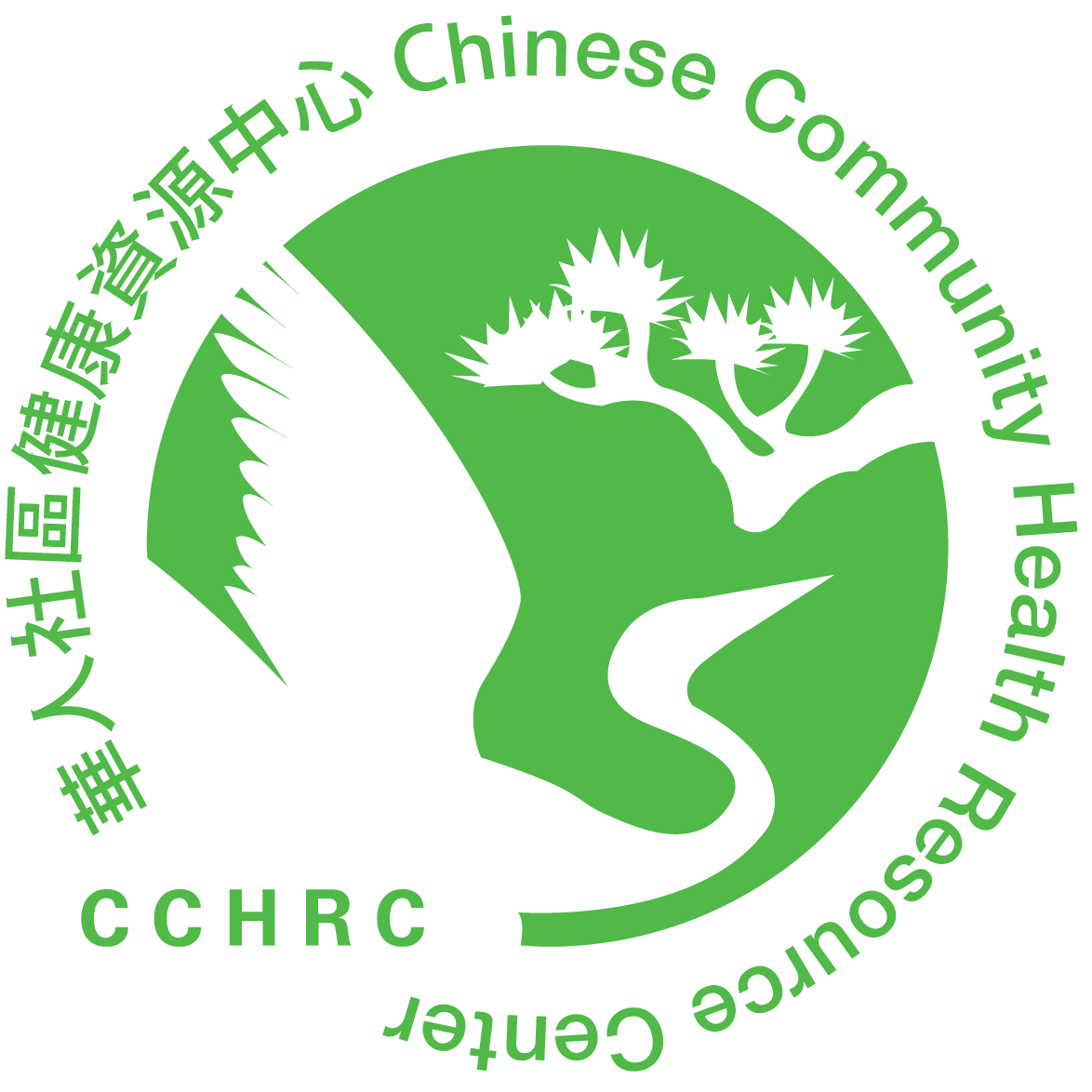The human foot has 26 bones and 33 joints that are held together by muscles, tendons and ligaments. These different parts work together to control motion. Your feet are subject to a lot of pressure each day from walking and are more prone to injuries than any other part of your body. Foot discomfort and pain are not normal and do require medical attention. It is important to take care of foot problems right away, especially for persons with circulatory disorders, diabetes and arthritis. You should consult your physician or a doctor of podiatric medicine (DPM) for evaluation.
COMMON FOOT PROBLEMS
Athlete’s Foot
Athlete’s foot is a skin disease caused by a fungus that often starts between the toes or on the bottom of the feet. It can spread to other parts of the body through contact with your hands and towels that have touched the feet. Symptoms include dry skin, itching, peeling, redness, and blisters. A warm, dark, damp environment promotes fungal growth. To prevent infection, keep your feet clean and dry, especially the area between your toes and change your socks and shoes regularly to decrease moisture. Treatment for Athlete’s foot includes over-the-counter antifungal foot powder or cream and/or prescription oral or topical medication.
Corns and Calluses
Constant pressure and friction on the skin produce hardening and thickening of the skin. Improperly fitted shoes and deformed bone structures are the major causes. Corns usually occur between, on top or on the side of the toes while calluses form on the soles of the feet. To relieve discomfort and pain, wear shoes that fit properly and place non-medicated foam pads over corn to cushion them. Do not attempt to self-treat by cutting the dead layers of skin or by applying over-the-counter medicines which contain acids that destroy the tissues. If the problem persists, a doctor can surgically remove the corns and calluses.
Ingrown Toenails
Toenails normally grow straight out. When corners or sides of the nail curve or grow into the flesh of the toe (often the big toe), pain, swelling and redness can occur. Improperly trimmed nails and crowding of the toes from poorly fitted shoes are the primary causes. To prevent ingrown toenails, cut the toenails straight across and do not cut them too short; wear shoes that fit properly. If the tissue around the nail becomes infected, a doctor can remove part of the nail that has grown into the toe and treat the infection with prescription oral or topical antibiotics.
Fungal Nails
Fungal nails are a fungal infection of the nails. The infection can cause discoloration and thickening of the nails. Persons with impaired immune system, a history of athlete’s foot or heavy foot perspiration and diabetics are especially prone to fungal nails. To prevent fungal nails, practice good foot care habits; disinfect nail clippers; avoid nail polish that can trap moisture below the nails and promote fungal growth. Over-the-counter topical antifungal products are often ineffective in the treatment of the problem. Prescription oral antifungal medicines are more effective but need to be taken for several months. These medications may also have some unwanted side effects. In some cases, the permanent removal of the infected nail may be necessary if other treatments fail.
Heel Pain
When the heel bone and the attached soft tissues are stressed, heel pain can occur. This is usually the result from walking, running or jumping on hard surfaces, wearing improper footwear, or being overweight. People with flat feet, very high arches or excessive inward motion (pronation) of the foot when walking are also more prone to developing heel pain. Constant stretching, pulling, and tearing of the connective tissue that runs along the bottom of the foot can lead to inflammation, pain, and a bony growth at the heel (heel spur). Wearing shoes with appropriate support and losing weight can help to prevent heel pain. Treatment of heel pain includes rest, special stretching exercises, use of heel pads or custom-made shoe inserts, anti-inflammatory medication, and steroid injection.
Tips for a Proper Shoe Fit
- Have your feet measured regularly and do so at the end of the day when your feet are largest.
- Select a shoe that is shaped like your foot.
- Fit your shoe to your larger foot.
- Stand up during the fitting process to ensure that there is enough space at the end of the shoe (about half an inch) for your largest toe.
- Walk in the shoes to make sure that they do not slip or feel too tight.
- Choose low-heeled shoes (less than 2”), made of soft leather, with thick non-slippery soles. They are safer, more comfortable, and less damaging to your feet.
Good Foot Care Habits
- Wash your feet daily with warm water and soap and dry them thoroughly.
- Inspect your feet every day or have a family member check them for you.
- Wear properly fitting shoes.
- Change socks and shoes daily.
- Do not go barefoot.
- Avoid exposing your feet to cold temperatures.
- Maintain good circulation to the feet:
-
- Do not smoke
- Have a foot massage
- Take a warm footbath
- Avoid prolonged sitting, especially with your legs crossed. Stand up, stretch and walk periodically.
- Put your feet up while sitting
- Do not wear tight stockings
Copyright © 2004-2020 Chinese Community Health Resource Center
If you would like a copy of this health article, please click on the PDF button in the language you prefer. To view the PDF document, you’ll need Adobe Acrobat, which you can download here.
Bilingual:



